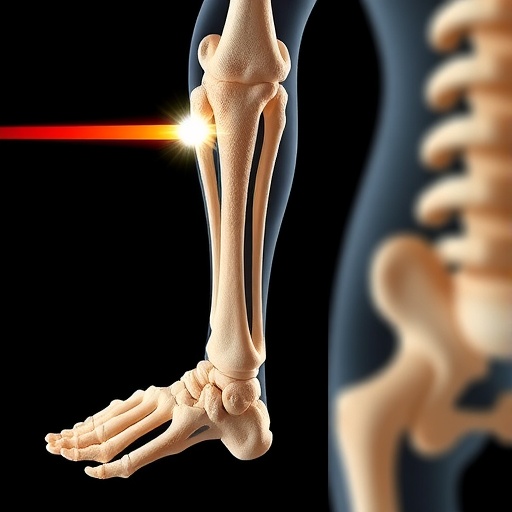The purpose of the international research project NANOaers (= Fate of aerosolised nanoparticles: The influence of surface active substances on lung deposition and respiratory effects) is to establish where airborne, respirable particles remain after they have been inhaled. The project is being funded in Germany by the Federal Ministry of Education and Research (BMBF). "We are also particularly interested here in the question of possible co-exposure to particles and other substances contained in aerosols," explains the president of the Federal Institute for Risk Assessment (BfR) Professor Dr. Dr. Andreas Hensel, "because nanoparticles in the air don't exist in their pristine form. They are subject to change processes when released and are usually inhaled as a mixture along with other particles and substances". This aspect is of significance, as humans and the environment are only seldom exposed to or contaminated with NM which have not already been altered by chemical substances either by their use per se or through reactions in the atmosphere. In addition to the EU countries Germany, Austria, Spain and Romania, the USA is also participating in this international research project, which is being funded to run for three years within the ERA-NET SIINN framework. The project has a total volume of approx. 1.7 million euros.
A large number of NM are added to liquids for processing before being sprayed. Well-known examples of microparticle-liquid mixtures in daily use are cleaning and impregnation sprays, such as varnishing and sealing products. Such airborne NM are described as "aerosolised" and little is known about the fate of these mixtures and if they may cause adverse health effects. Above all, the influence of the so-called matrix effects has not been investigated up to now., NM have the ability to bond other substances and carry them to otherwise inaccessible sites in the lungs of organisms.
For this reason, the NANOaers research project focuses on the question of how NM behave in the presence of other chemicals and what effects they have on humans, especially in the respiratory tract. In doing so, the potential intake of these mixtures via the respiratory system and their retention in the lungs have to be clarified. The project also examines scenarios in which nanoparticles may possibly change in their chemical and physical composition as they move through the air, and to what extent other substances are attached to them. Possible health effects are also to be examined.
To clarify these questions, realistic formulations are produced with different NM. These samples are then characterised with regard to their retention in the air and in the respiratory tract after aerosolisation using various measuring techniques, such as single particle size determination and imaging mass spectrometry. To clarify the possible effects, toxicological examinations are conducted in vitro using various cell systems, as well as in in vivo studies (with mice). Furthermore, the deposition of nanoparticles in lung tissue is aimed to be described in a model.
The results of the individual investigations obtained will all be introduced into a mathematical model, with which it should be possible to predictively describe the fate of NM in aerosol mixtures. This kind of modelling represents an important instrument to reduce the number of safety-relevant investigations of the numerous variations of NM on a long-term basis.
ERA-NET SIINN stands for European Research Area Network – Safe Implementation of Innovative Nanoscience and Nanotechnology. The reliable and rapid transfer of European nanoscience and nanotechnology research results to practical applications is promoted through this programme.
###
Media Contact
Suzan Fiack
[email protected]
0049-301-841-24300
@https://twitter.com/BfRde
http://www.bfr.bund.de/de/start.html
http://www.bfr.bund.de/en/press_information/2017/22/nanoparticles__what_is_their_fate_and_how_do_they_change_-201021.html
############
Story Source: Materials provided by Scienmag




